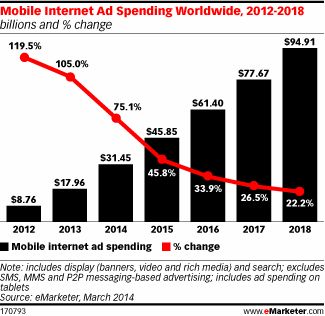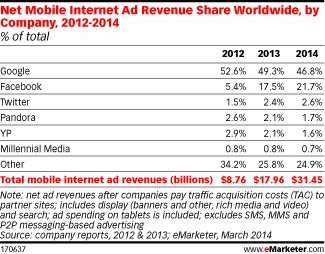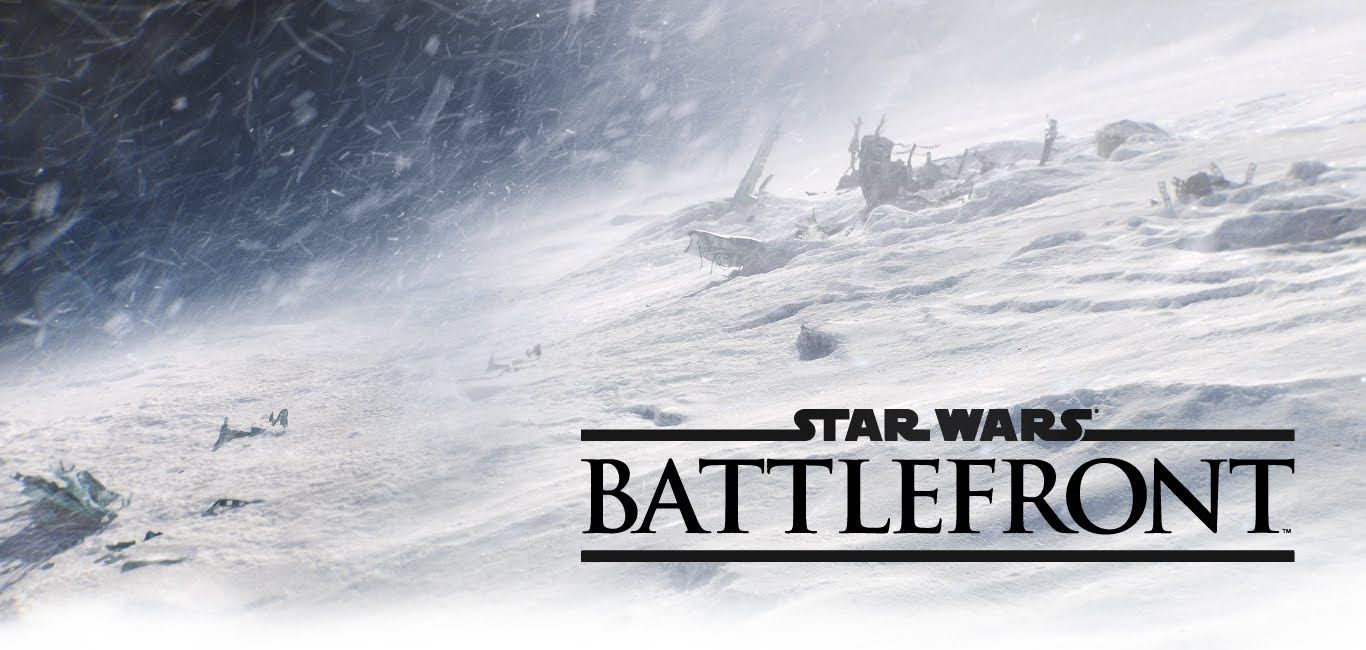The times are finally changing for Electronic Arts, after years of less-than-stellar returns. The transition of the company to embracing the new digital realities of the game industry has been a rough one, but things are finally looking pretty good for Electonic Arts, as the latest earnings report demonstrates amply. The company may well pass up arch-rival Activision in total revenue this year, which would certainly be the occasion for some high-fives among the executive team.
The numbers EA posted were impressive in many ways: The company’s net (non-GAAP) revenue of $1.22 billion beat the previous guidance of $1.14 billion, and earnings per share (EPS) of $0.73 was above the guidance of $0.50. Operating cash flow was also up by $189 million, and the company has now stacked up an impressive $2.39 billion in cash, and 67 percent of this cash and short-term investment balance is held onshore. That’s a pretty good war chest for funding strategic moves, whether that’s new game development, acquisitions, or marketing expenditures.
CEO Andrew Wilson noted some usage stats during the call. EA had 155 million monthly active users for mobile games during the quarter. “Mobile generated $115 million for the quarter, up 11 percent over the prior year,” noted CFO Blake Jorgenson. “$105 million, or 91 percent, of this was from digital extra content and advertising. This was up 35 perfect versus the prior year and continues to more than offset the decline in the premium business.”
Essentially, EA is going all-in on free-to-play in the mobile space, and the strategy is working. The company is doing very well with its sports titles on mobile, too, and it looks like those titles are helping to drive console game sales as well. Wilson noted that Madden games played are up 48 percent year-over-year, with 89 million games played this year. There are 50 percent more players online in FIFA 15, and the aggregate Ultimate Team player base increased by over 40 percent. EA Sports mobile game audiences are up over 250 percent from last year.
EA may not have a chart-topping mobile title like Clash of Clans, but it’s doing quite well overall with its mobile games. It does lead you to wonder if the company will be looking to create more original (or licensed) mobile games to try and garner some of the juicy revenue available at the the top of the top-grossing charts. It’s worth remembering that EA has the Star Wars license, and it’s easy to imagine some Star Wars mobile games that could do very well indeed if the movie does well.
Overall, despite the weakness of console game sales in general, EA has been doing well there. Wilson noted that gamers spent1.9 billion hours of playing EA games during the quarter — or, if you look at it another way, the company is making less than a dollar for every hour of fun. That’s a pretty good deal for gamers, though no doubt EA would like to boost that ratio a bit.
“EA’s non-GAAP net revenue was $1.22 billion, which was 17 percent higher than the prior year’s results and 7 percent above our guidance,” said Jorgenson. “The excellent performance was led by FIFA 15, Madden 15, and The Sims 4. ” EA announced that Battlefield Hardline is now set to launch on March 17, 2015 in North America, and that Star Wars Battlefront is headed for the holidays in 2015. Both of those titles are expected to do very well.
Moving on to other areas, the emergence of China as a huge and growing market for games has been hard for Western companies to take advantage of, in part due to the restrictions of the Chinese government that preclude non-Chinese companies from doing business easily without a local partner. EA is making progress in generating significant revenue from Asia, but there’s a lot of market potential the company is not yet realizing. FIFA Online 3 is one of the top games in revenue for Korea, so that’s a positive step.
Still, the truth is that EA needs to get substantially stronger than it is in the world’s largest game market. — China. “On Asia, we don’t break out our revenues. It is obviously the smallest part of our international business,” said Jorgenson. That’s got to be a major area of concern for EA going forward, especially as Chinese companies are using their market growth to power acquisitions of Western game companies.
Meanwhile, the company continues its transition to becoming a more digital company than a physical one; on a GAAP basis the company’s digital revenue last quarter exceeded its physical revenue. “Full game PC and console downloads generated $94 million, up 71 percent over the prior year,” said Jorgenson. “Although the percentage varied considerably by title, platform, and geography, the trend towards full game downloads continues. Subscriptions, advertising, and other digital revenue contributed $91 million, up 47 percent over the same period last year.”
One way that EA is performing well is by improving its gross margins. In part, this is due to the higher-margin digital revenue taking an increasing share of the business, but Jorgenson also pointed out how reductions in marketing expenses have contributed to this. “Our non-GAAP gross margin for the quarter was 66.1 percent, an increase from last year’s 61.7 percent and better than our guidance of 65.5 percent. The increase over the prior year was primarily due to growth in our digital business, both full game downloads and extra content, and by The Sims 4 launch,” noted Jorgenson. “Our lower operating expenses compared to guidance were largely driven by quarterly phasing of key expenses in marketing and contracted services, combined with continued cost discipline. We expect some of these marketing and services costs to be incurred in future quarters.”
Activision will be delivering its earnings report on November 4, and it will be interesting to see how these two companies compare in their handling of the game industry transitions — and how successfully they are doing so.



